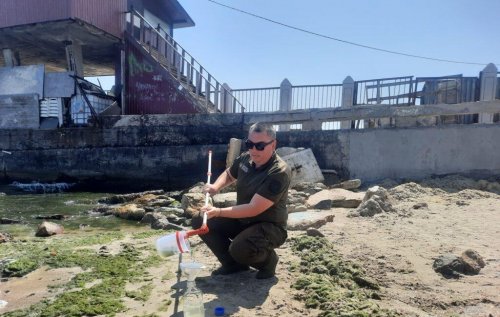In Odesa, eco-inspectors found that rivers were 6 times more than sulfate pollution standards the Dniester basin, namely the Kuchurgan River, the Dniester and the Kuchurgan Reservoir.
The main causes of pollution were the discharge of sewage and pollution from ships, reports the of the South-Western District.>
Laboratory studies have shown the following excesses:
Kuchurgan River
- total iron – 1.7 times;
- phosphates – 1.6 times;
- chemical oxygen consumption (COC) – 1.2 times;
- biochemical oxygen consumption (BSK5) – 8 times;
- the content of soluble oxygen is below the norm – 1.3 (the norm is more than 6).
Kuchurgan reservoir
- chlorides – 1.27 times;
- sulfates – 6.6 times;
- HSK – 1.24 times;
- dissolved oxygen below the norm – 5.7.
"Over the entire course of the Dniester River and in the water bodies of the basin, there is an excess of sulfate content," the report says.
It is noted that the main sources of water pollution are:
- the discharge of pollutants in each country through which the water body passes;
- discharge of return (wastewater) into surface water bodies within the Odesa region;
- pollution from vessels, ships and other floating means of territorial and internal sea waters of Ukraine.
Earlier, EcoPolitic wrote, that in the village of Sloboda-Selets, which is actually a part of Zhytomyr, from the treatment facilities dirt enters the river.The water in the river has become grayish-white in color and acquired an unpleasant smell.
As EcoPolitic previously reported, an unauthorized discharge of sewage into the Psel River and the Kosivshchyna Reservoir was discovered in the Sumy region, which could lead to an ecological disaster.





